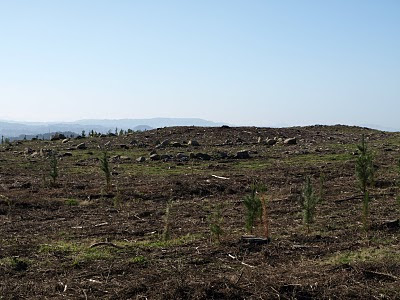
Ringforts are circular fortified settlements that were mostly built during the Iron Age (800 BCE–400 CE), although some may have been built as late as the Early Middle Ages (up until ~1000 CE). They are found in Northern Europe, especially in Ireland.
In Irish language sources they are known by a number of names: ráth (anglicised rath), lios (anglicised lis), caiseal (anglicised cashel), cathair (anglicised caher or cahir) and dún (anglicised dun or doon).[1][2] The ráth and lios was an earthen ring-fort; the ráth being the enclosing bank and the lios being the open space within.[1][2] The caiseal and cathair was a stone ring-fort.[1][2] The term dún was usually used for any stronghold of importance, which may or may not be ring-shaped.[1]
In terms of quantity, distribution and access, no historical or archaeological record of the Early Medieval Period in Ireland comes close to the ringfort. Over 45,000 sites have been identified as ringforts throughout Ireland and it is generally accepted that in the region of 60,000 ringfort sites can be identified. It is probable that due to intensive farming methods, the levelling of field and expansion of urban areas than many more were originally built but have been lost to us today, but through the use of early Ordnance Survey maps and aerial photography many previously unknown ringforts have been discovered. Also, the extensive archaeological work that has accompanied the large road-building programs in Ireland have uncovered many unknown "fairy forts" and will probably continue to do so.
Despite regional variations in the density of ringforts particularly in the areas of Meath and traditional Leinster where there are comparatively few ringforts, they are generally a feature common throughout the country, with a mean density of just over one ringfort within any area of 2 km². Despite their number, consensus has yet to be reached on two of the principal issues relating to ringforts, firstly, when they were built and secondly, what their function was.


.jpg)

